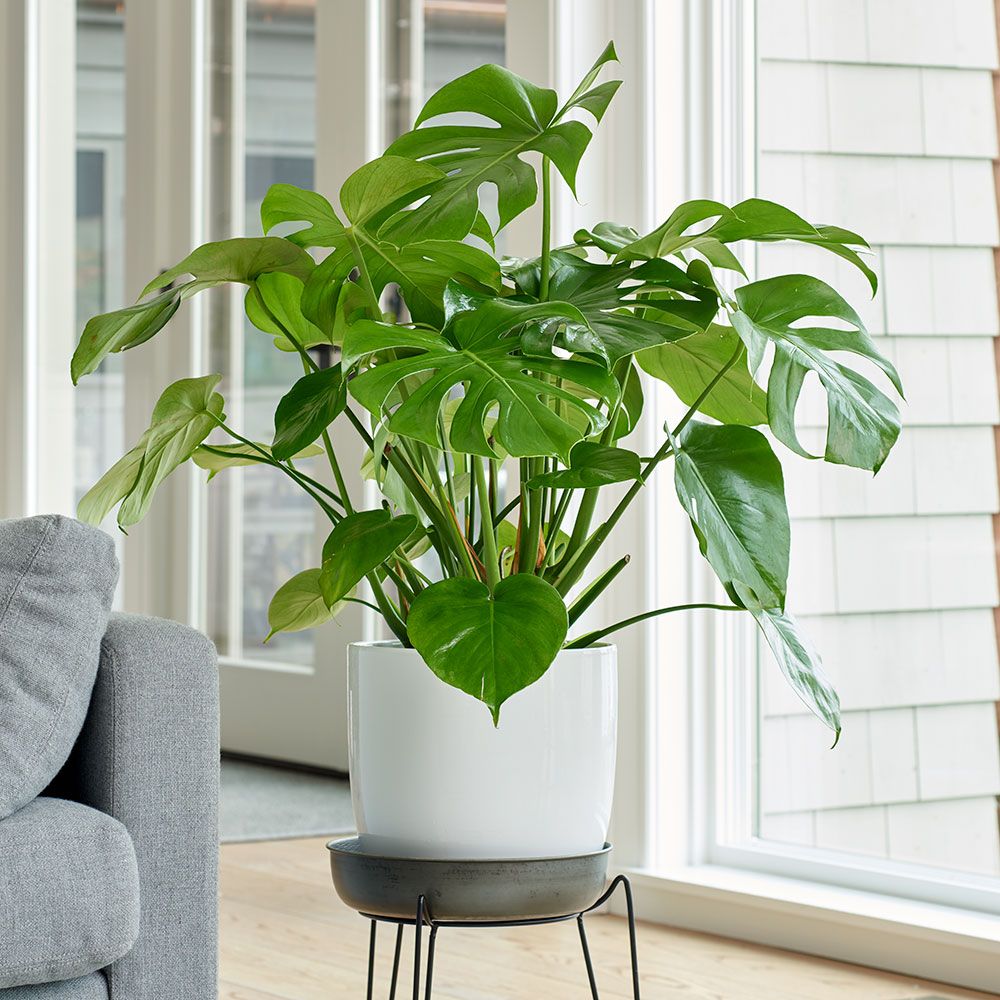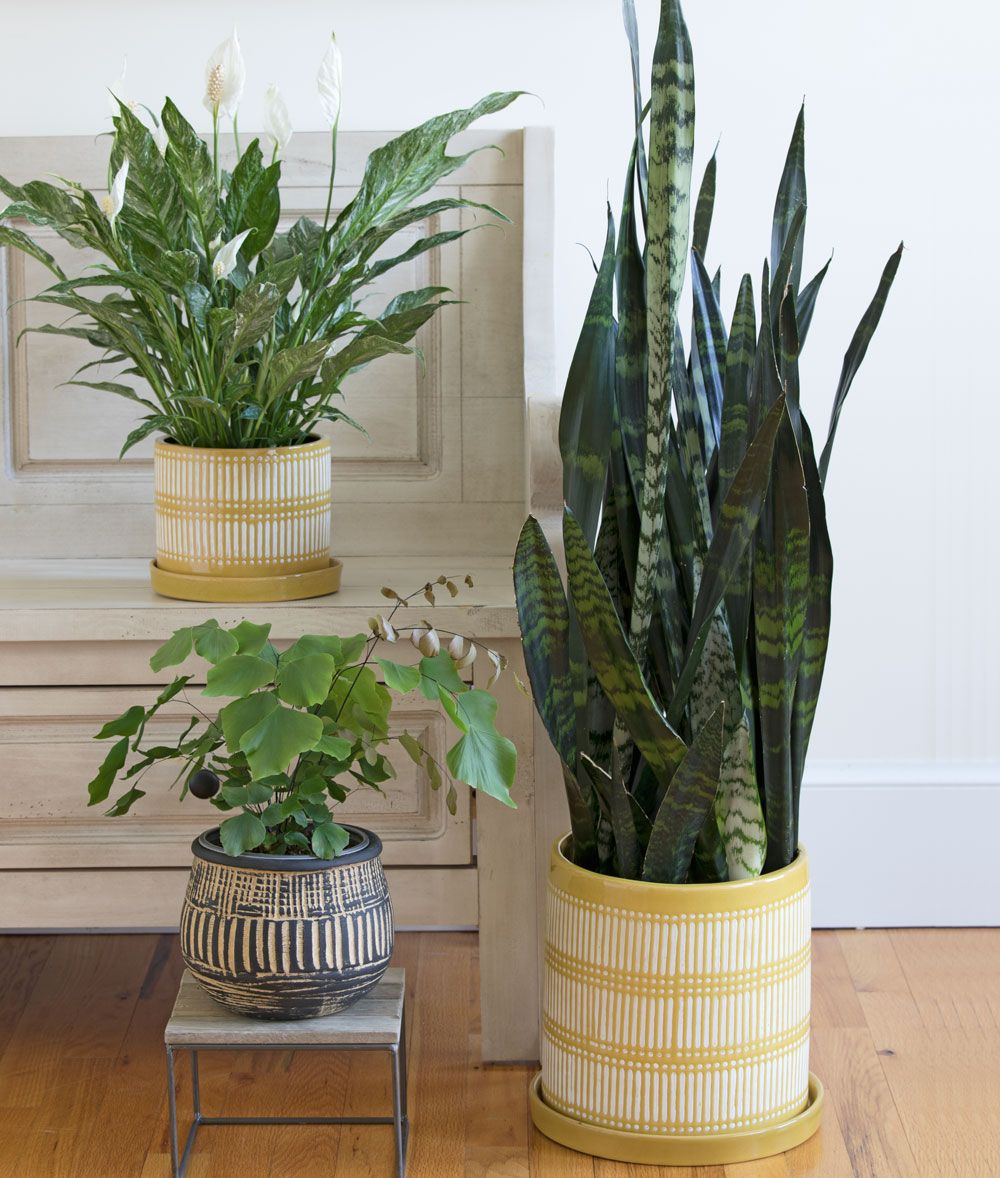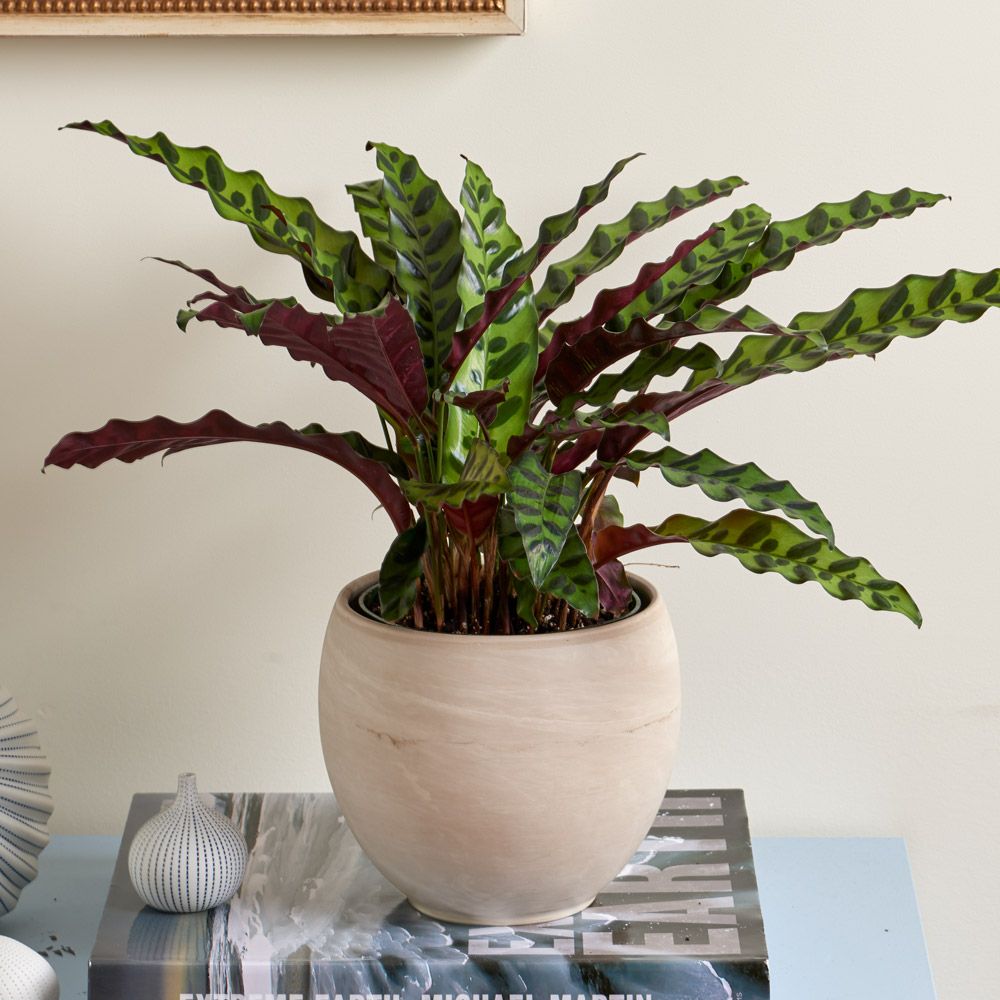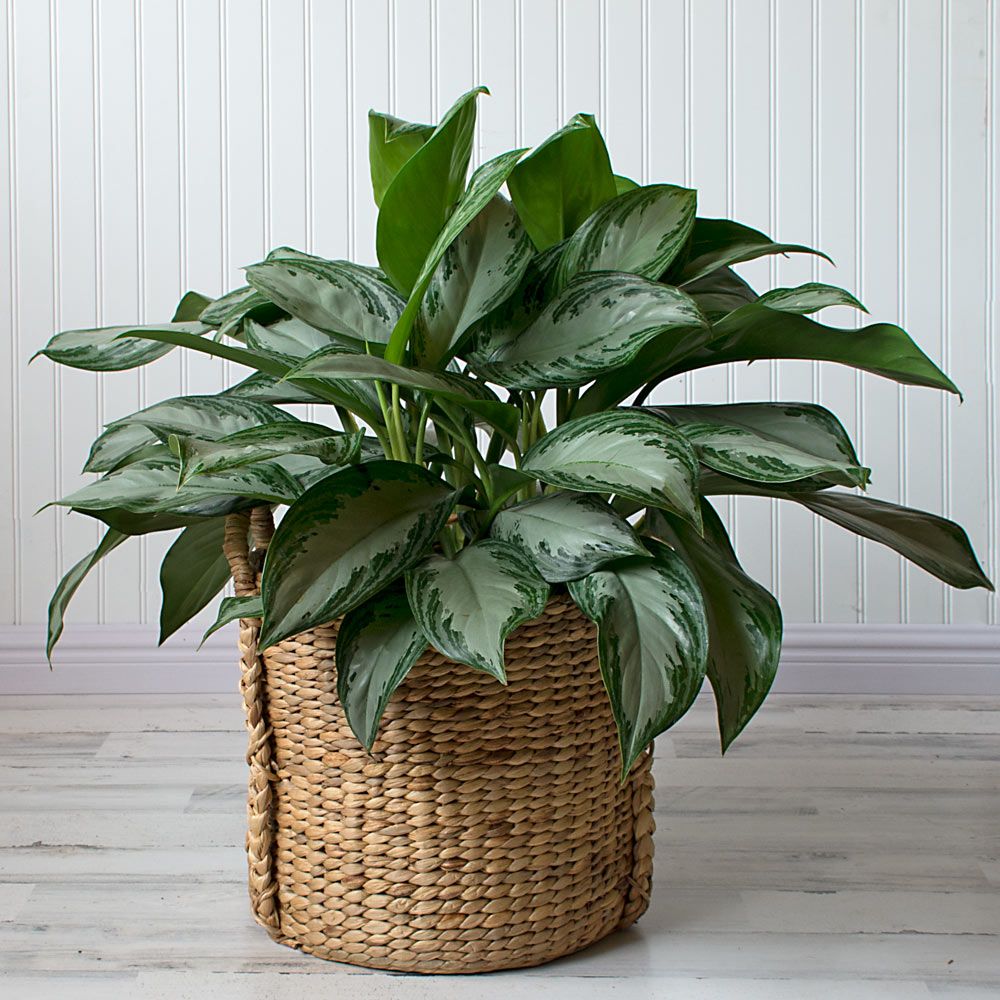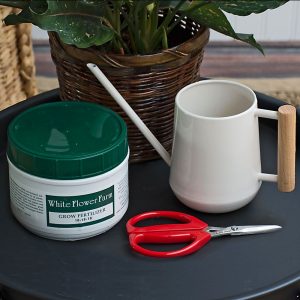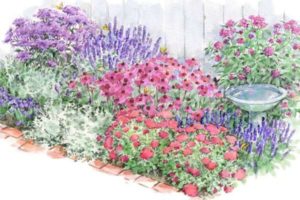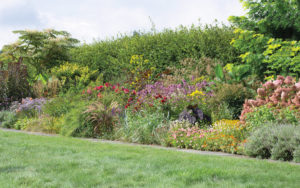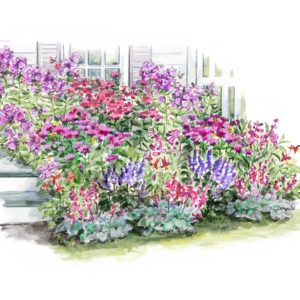Sharing your home and office with indoor plants has plenty of benefits. For one thing, plants are beautiful to look at, and they generally enhance the look of any interior. Studies (including some conducted by NASA) indicate that indoor plants have demonstrated the potential to help purify the air. Living green plants with their pleasing, biomorphic shapes are also thought to reduce stress and promote tranquility. While most indoor plants don’t require much in the way of care, the little bit of nurturing they do need (mainly in the form of occasional watering) is, for many, a pleasing ritual.
Choose the Right Plant for the Right Spot
Before adding any new plant to your home or office, survey the spot where you plant to put it. How much space is available? Is the space big enough for a large plant, or do you need a smaller, tabletop variety? What is the quality of light? Is the plant’s future home in shade, lit by direct sun, or suffused with bright indirect light? Most houseplants, including some of those listed below, require bright, indirect light. That means they are best situated in rooms with a south-facing window. But there are also plants that grow beautifully in the lower light of rooms with less advantageous exposures. Keep in mind that east/west-facing windows generally provide moderate light while north-facing windows have low light. So before purchasing any plant, take a few minutes to orient yourself in a room, determine the size of the plant’s future home and the quality of sunlight it offers. Keep this information in mind when plant shopping so you can choose the right plant for the right spot.
Don’t Drown Your Houseplant
The fastest and easiest way to kill a houseplant is not by neglect but by overwatering. Over the years, our customer service team has fielded countless calls from well-meaning plant owners who are essentially drowning their charges. A plant’s needs for water vary by time of year, the humidity level in the home (which can change significantly due to conditions outdoors), the plant’s life cycle, and the type of container it’s potted in. (Clay pots promote evaporation at a higher rate than most other materials, which means plants potted in clay tend to need more frequent hydration.) Some people we know water their plants on a weekly schedule, i.e., if it’s Thursday, the plants get a drink. We don’t recommend this approach. If you do keep a calendar, use it to check on the plant to see if it needs water. Don’t automatically water every plant just because the calendar says so. Let the plant tell you what it needs. The best way to know if your plant is thirsty is to gently press the soil at the top of the pot with your finger. If the soil is dry to a depth of 1”, your plant needs a drink. Some plants appreciate a thorough watering, which is best done over the sink, if that’s possible. (Simply add water in a slow, steady stream until the soil takes it up and you feel the pot growing heavier in your hand. Let water drip out the drainage holes at the bottom of the pot before turning off the tap. When the last drips escape the drainage holes, return the plant to its saucer or tray. Don’t water the plant again until the soil at the top of the pot is dry to the touch. If a plant is too large to carry to the sink, or if, like Snake Plants and Dracaenas, plants prefer to be watered less thoroughly, pour in just enough to dampen the soil around the base of the plant.
A few overall watering tips:
- Never leave any plant in standing water. If the saucer beneath a plant fills with water, empty it at once. Keep in mind that if the potting mix stays wet, a plant’s roots can begin to rot.
- Some plants, including the Snake Plant, Dracaenas, some Philodendrons, and Chinese Evergreens prefer to dry out considerably before being watered again.
- Plants with a dense leaf spread around their bases (African Violets, Peace Lilys, etc.) generally prefer to be watered from below. Pour a modest amount of water into the plant’s saucer and let the plant take it up by the roots before adding more. Do not saturate.
- Before watering Snake Plants and Dracaenas, you can wait until the soil is dry enough to begin pulling away from the edges of the pot.
- Plants require less water during the winter months when they are not actively growing.
As you get to know your individual houseplants, their watering needs will become apparent to you. During the time it takes you to familiarize yourself with the plant, err on the side of under-watering. A droopy, thirsty plant will recover better and faster than one that’s been overwatered.
For information about individual indoor plants, including when and what to feed them, refer to the Growing Guides on each plant’s product page on our website. Before you know it, the care of your plants will become second nature to you, and we can all but promise you’ll be delighted in their company.
Variegated Snake Plant
‘Black Coral’ Snake Plant
Snake Plant ‘Moonshine’
Split-leaf Philodendron
Rattlesnake Plant
Philodendron ‘Congo Rojo’
Chinese Evergreen

